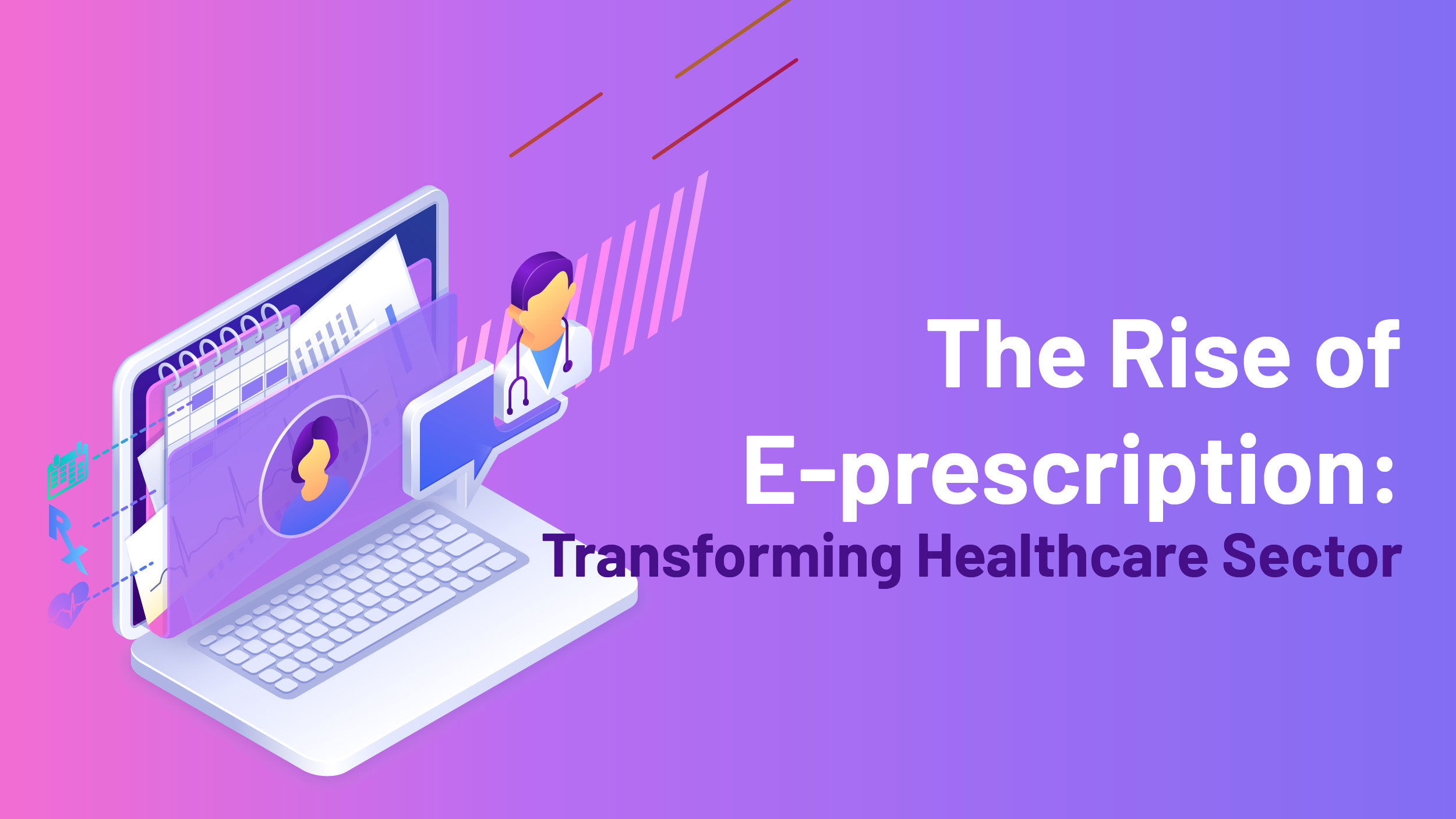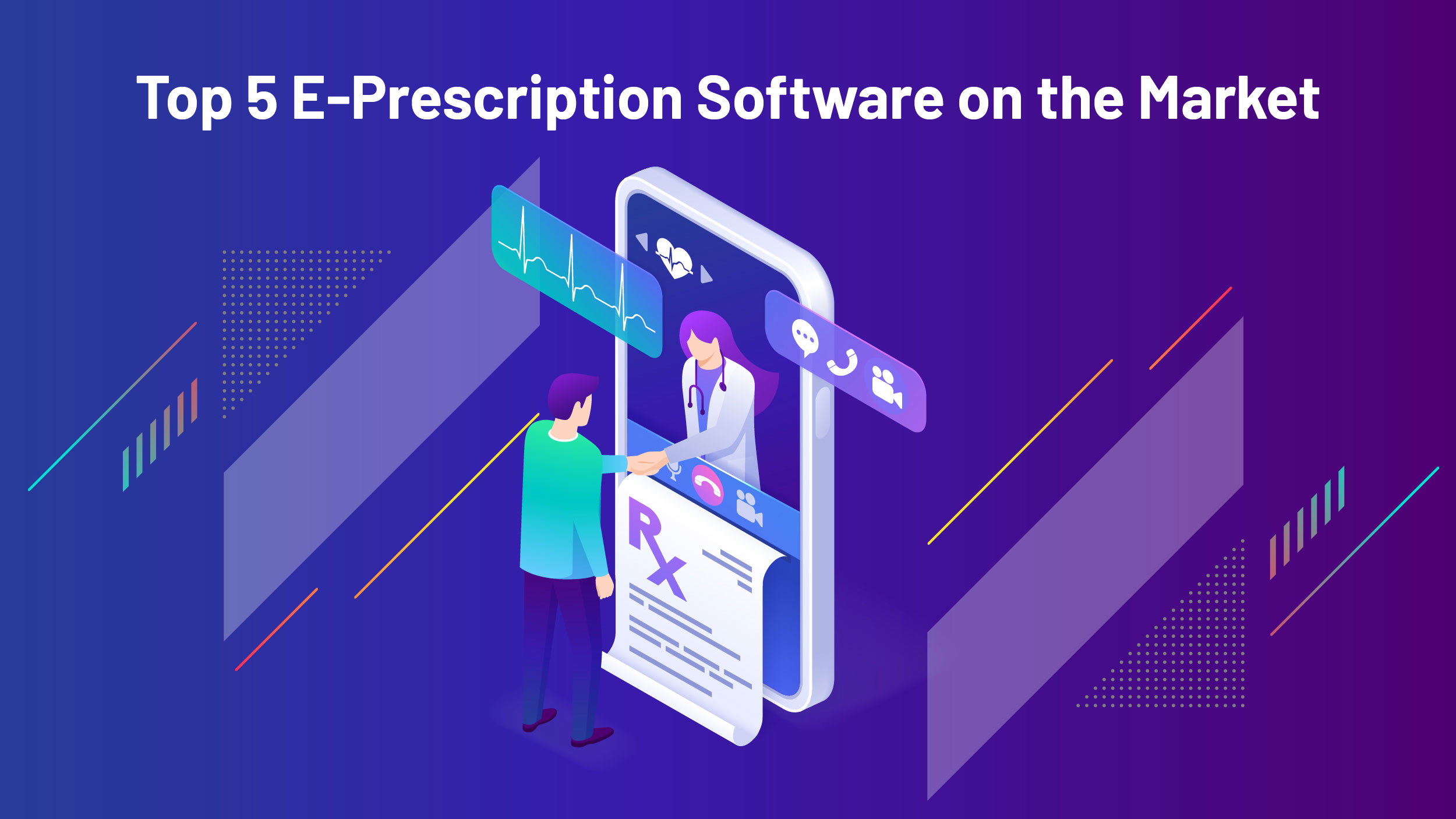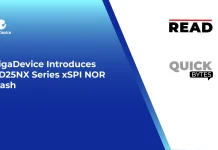Picture a pediatrician faced with the task of figuring out what medications a new patient might be on. It gets even trickier if the parents don’t jot down the details before the appointment. In such cases, pinpointing the meds or potential allergies becomes quite a challenge, not to mention risky.
Here’s where electronic prescribing, or e-prescribing, and electronic medical record (EMR) software step in. These tools are like the superheroes of top-notch medical software. They give healthcare providers a thorough peek into a patient’s medication history, even if they’re meeting them for the first time.
Let’s take a closer look at how e-prescription is becoming a new norm in the healthcare sector.
What are E-Prescriptions?
E-prescribing refers to the method through which healthcare professionals input prescription details into a web-based platform to instantly transmit prescriptions to pharmacies. Within a few clicks, providers can select and request the necessary medications while being present with a patient. It is common for frequently prescribed medications to be saved in a favorites library, enabling providers to easily access their preferred medications.
Once the selection is made, the prescription is securely sent to the patient’s preferred pharmacy. The pharmacy can be updated at any point through the patient portal in the medical software. When the pharmacy receives the request, they can start preparing the prescription immediately. E-prescribing eliminates any delays or the possibility of the patient misplacing their prescription while going to the pharmacy.
The Rise of E-prescription: Transforming Healthcare Sector

Two years in and the COVID-19 pandemic still has us on edge. The pandemic has accelerated the shift towards a technologically-driven world and the healthcare industry is no exception and has had to evolve quickly with every wave of the pandemic.
The global healthcare industry had to face many unanticipated challenges during this time. The healthcare industry had to pick up the pace to improve how doctors communicate with patients. It was also necessary to regulate healthcare providers and focus on digital health, cyber security, patient data transparency, and other enhancements in healthcare operations. New technologies like Artificial Intelligence, Machine Learning, IoT, and Big Data have now been successfully implemented to streamline healthcare operations.
Among the many innovative advancements and technological progress in the healthcare space is the electronic prescription. An e-prescription or e-Rx is simply a digital version of the paper prescription. An e-prescribing enables healthcare practitioners to digitally generate prescriptions that can be directly transmitted to pharmacies and can be stored electronically as an Electronic Health Record (EHR).
How do E-Prescriptions Work?
If you are unfamiliar with electronic prescribing, gaining a basic understanding of its technical aspects can be enlightening.
Electronic Health Record (EHR) software is frequently used in contemporary medical practices to convert patient records into a digital format. After completing a patient examination, the healthcare professional enters the medication information into the EHR. This allows quick retrieval of the patient’s medication history, which includes any known drug allergies or sensitivities.
Electronic prescribing can be used as a standalone module or seamlessly integrated into a comprehensive Electronic Health Records (EHR) system, providing the necessary flexibility to meet the specific needs of your practice.
Benefits of E-prescriptions (e-Rx)
In 2020, telemedicine grew by 46%, due to the pandemic. This sudden uptake in telemedicine led to the need to maintain patient data privacy and transparency. An E-prescription is an excellent way to achieve both these goals without having to worry about misplacing it, like a physical prescription. An e-Rx holds all information like the prescribing doctor’s details and also has all previous prescriptions in place.
Here’s why e-prescriptions are the way forward:
- The main benefit of an e-Rx is the removal of handling and storing the physical paper prescription
- A patient’s previous prescription history is stored electronically
- Reduction in drug dispensing error
- It can help maintain patient privacy
- Prescription forgery is eliminated
The healthcare industry is now ready to ditch the age-old paper prescriptions and use e-prescriptions (e-Rx). In this fast-paced digital age, technology has become a step towards a safe and paperless environment. Forget about walking around with heaps of paper prescriptions and constantly worrying about losing one. It will completely change, the traditional prescription process making it the new normal for the healthcare industry.
Top 5 E-Prescription Software on the Market

Before we dive into the list, let’s talk about cash. Setting up an electronic prescription system can be a bit pricey. According to a study from 2014, it could set you back around $42,332 upfront, with an annual upkeep cost of roughly $14,725. That’s a steep price to pay, especially for tiny clinics and neighborhood pharmacies.
Here is a list of the top e-prescribing software for healthcare software corporations and private practitioners.
1. AdvancedMD ePrescribing
AdvancedMD‘s ePrescribing system smoothly blends with its patient management and billing tools. It handles tasks like allergy checks and drug interactions seamlessly. Plus, it conveniently links patients to their chosen pharmacies. With AdvancedMD, you can pick from standard or tailored packages to suit your budget.
2. MDToolbox-Rx
This award-winning solution stands alone or syncs with other systems. MDToolbox-Rx enables electronic prescription refills and orders, along with direct access to a wide drug reference library.
3. RXNT
RXNT offers budget-friendly e-prescribing software, granting flexibility and efficiency. It’s cloud-based, allowing automated refills and allergy checks. Surescripts-certified, it’s accessible on mobile devices. Priced at $150 per month, it covers a full suite of services, including medical billing, practice management, and appointment scheduling, making it ideal for private practice providers.
4. DoseSpot
DoseSpot is perfect for healthcare companies wanting seamless e-prescribing integration. It offers two options: Jumpstart, a plug-and-play solution for swift integration into EHR/EMR systems, and Plus+, a customizable platform for crafting a unique e-prescribing interface.
5. OrderConnect
OrderConnect is a web-based e-prescription platform that can be used on its own or integrated with Netsmart EHR. It simplifies medication management and provides instant access to patient medication history, allergies, and lab results during prescription writing.
Final Thoughts
E-prescriptions are revolutionizing the healthcare industry by streamlining the prescription process, reducing errors, and improving patient care. The convenience and efficiency they offer benefit not only healthcare professionals but also patients seeking timely and accurate medication. Embracing this digital transformation is a significant step towards a more connected and efficient healthcare system. E-prescriptions are not just a trend but a fundamental shift in healthcare delivery, and those who embrace them are poised for a brighter and more efficient future in healthcare.




